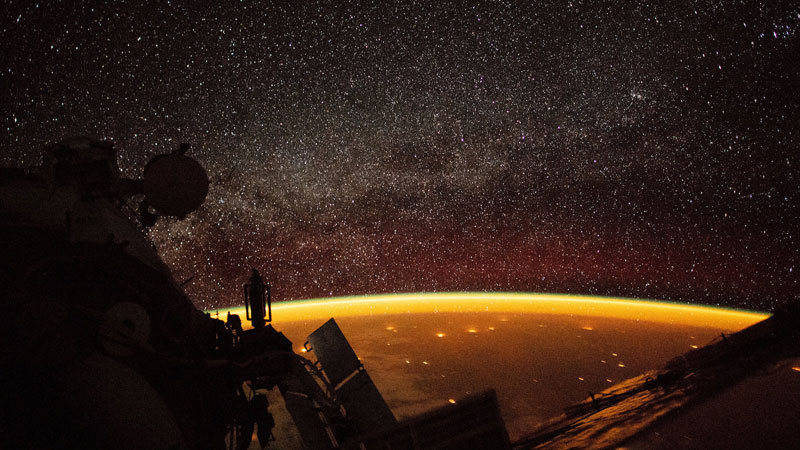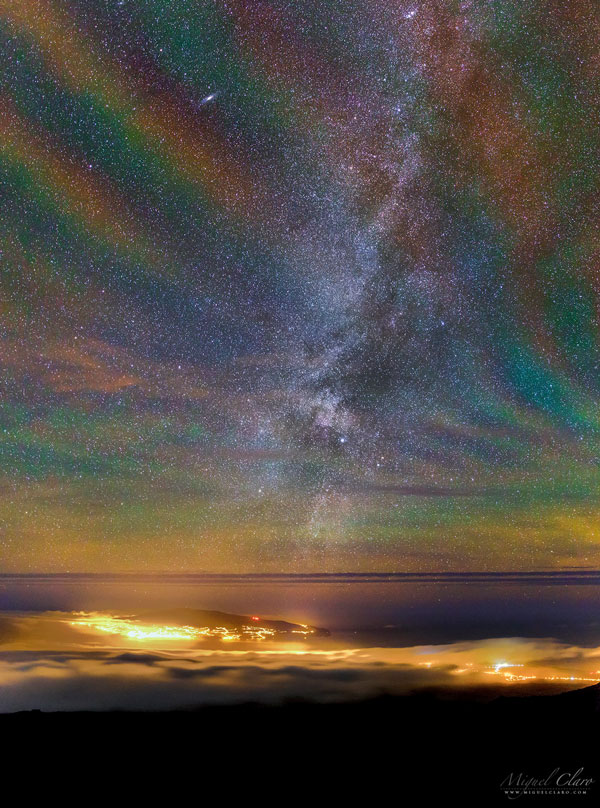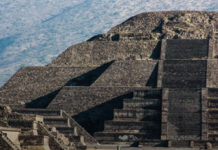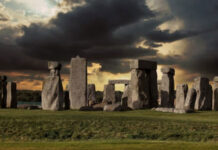
This photo was taken on October 7, 2018 at an altitude of more than about 400 kilometers above Australia.
This ghostly glow usually happens when ultraviolet radiation from sunlight energizes nitrogen, oxygen, sodium and ozone molecules in the atmosphere.
These energized molecules bump into each other and lose energy when they collide, resulting in a faint but spectacular glow.
The orange tone is known as “airglow”, a luminescence caused by high chemical reactions in the Earth’s atmosphere, and the phenomenon is best seen at night, as its glow is 1 billion times weaker than sunlight, as reported NASA.
The irradiation, also known as chemiluminescence, is comparable to the brightest chemical reactions here on Earth, including those seen in children’s toys and glow-in-the-dark clock hands.
But airglow is more than a fascinating light show. It can also teach scientists about how the upper atmosphere works.
Airglow can help understand how particles near Earth and space move, including how space weather and Earth’s weather are connected.
Researchers are already using satellites like NASA’s Ionospheric Connection Explorer (ICON) to study this dynamic zone.
Although this phenomenon emanates an orange glow, it is not always that color.
In March 2016, photographer Miguel Claro took the photo below of a “rainbow airglow” on the Azores islands in the Atlantic Ocean.



















